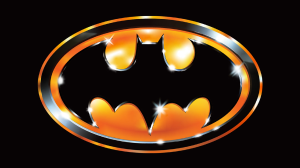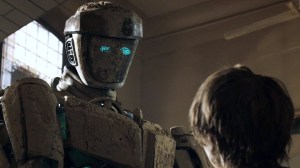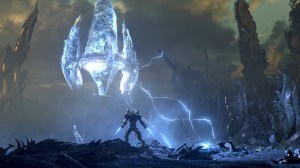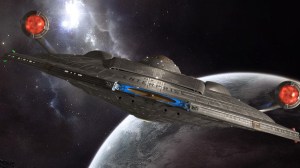Making one successful movie is a big enough challenge on its own, so when a studio attempts to replicate that success with a sequel, it often falls short. While there are plenty of exceptions to long-running series whose subsequent films are just as good as their predecessors, more often than not, there’s a diminishing set of returns for each new installment in a series. Last year’s Solo: A Star Wars Story marked the 10th live-action film in the series, but was also the franchise’s lowest earner. Despite hope of a sequel being all but lost, a follow-up film would likely be even more successful both narratively and financially.
Videos by ComicBook.com
More than a year after its release, there’s no definitive answer as to why Solo was a financial disappointment, with the prevailing theory being that the lower stakes of the spinoff and the previous film having hit theaters six months before its release prevented the adventure from earning much buzz or anticipation, with the film failing to connect with general audiences. Even among die-hard Star Wars fans, it felt as though Solo was a movie that nobody asked for and it was merely an experiment in delivering audiences stories outside of the proper Skywalker Saga.
The film ultimately delivered the unnecessary backstory about Han Solo’s journey from a petty criminal to a stint with the Empire to a smuggler with a set of moral standards, so with all of those establishing components out of the way, fans could be treated to any type of adventure featuring the character without being hindered by what the studio felt obligated to depict. Solo essentially served as a successful TV pilot, setting the course of a series, with a sequel allowing the narrative to embrace its own style and tone as opposed to fulfilling narrative obligations.
Another major stumbling block for Solo was its development and a series of behind-the-scenes shakeups that ultimately led to a conflicted final product. 21 Jump Street and The LEGO Movie directors Phil Lord and Chris Miller were originally tapped to direct, having demonstrated their talents of blending humor with action. What Lucasfilm seemingly didn’t expect was that they would be injecting the film with self-referential satire that the finished film failed to capitalize on. When the duo parted ways with the project and Ron Howard finished the feature, the overall tone of the film suffered from its conflicting creatives.
For example, one of the scenes that was most criticized by fans was the moment when Han enlists in the Empire and has the name “Solo” bestowed upon him by a recruitment officer. Lord and Miller’s satirical tone likely would have allowed this moment to be nothing more than a goofy, throwaway line that poked fun at “heroic” origin stories, yet the finished film, in both the performances and editing, plays this moment as a more defining and dramatic milestone for the character. The studio likely won’t reveal which filmmaking team was responsible for what in the final product, so it’s possible that the sequence was filmed by Lord and Miller, but even if Howard merely edited the sequences, it’s just one example of the conflicting perspectives that a sequel film wouldn’t have to suffer through.
The film might have had “Solo” in the title, but the film’s successes largely came from the talented ensemble performers. In fact, among all of the reviews, Donald Glover’s Lando and Emilia Clarke’s Qi’ra earned large amounts of praise. A follow-up film with one cohesive vision for Han Solo and his continued adventures would already have an advantage of the first installment, but a spinoff film that shifted focus towards one of Han’s cohorts would be even further removed from the frustrations of Solo, allowing the film to be its own unique experience.
In its 40-year history, the Star Wars franchise has been known for delivering audiences major cultural experiences, as all previous entries have gone on to become some of the most successful films of the years in which they are released. However, it was inevitable that the series would eventually stumble, leaving fans to wonder when that would happen. Now that Solo has fallen short of expectations, Lucasfilm can breathe a sigh of relief that a sequel wouldn’t have to live up to the standard set by every other film in the series, possibly allowing the studio to take more risks. Similarly to how Marvel Studios took risks following the massively successful team-up film of Marvel The Avengers with a ’70s-inspired spy thriller in Captain America: The Winter Soldier, whatever is in store for the franchise’s future could involve riskier narratives and filmmaking styles than Solo’s attempts to recreate the saga’s previous successes.
Solo: A Star Wars Story undeniably has its issues, yet the biggest frustration is it feels like a glimpse of an exciting franchise we could have had that suffered a number of setbacks and prevented it from living up to its full potential. A sequel isn’t necessary and likely won’t ever come together, yet we can’t help but mourn for the franchise that could have explored the seedier side of the galaxy far, far away that didn’t have the stakes of saving the galaxy from a nefarious regime or a mystical “Chosen One,” nor will we get to see unique filmmakers put their mark on the franchise with films that focus on character moments more the number of spectacles they can depict.
Do you wish we could get a Solo: A Star Wars Story sequel? Let us know in the comments below or hit up @TheWolfman on Twitter to talk all things Star Wars and horror!








